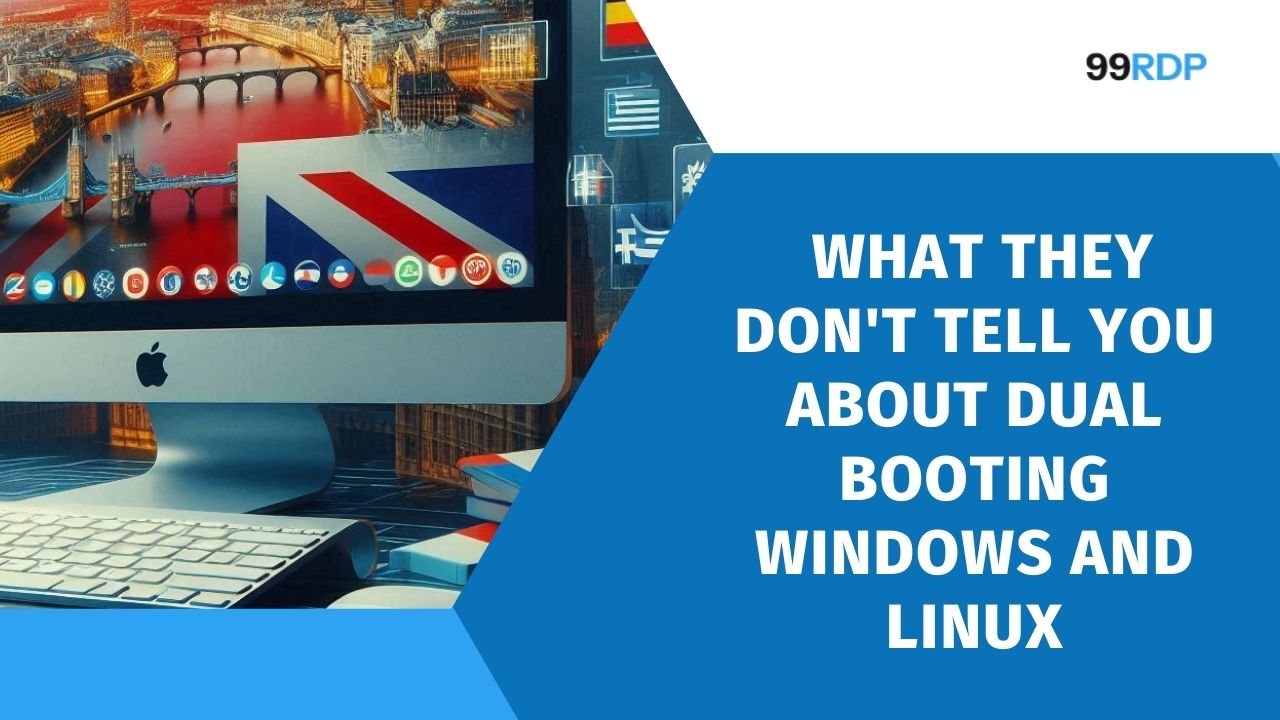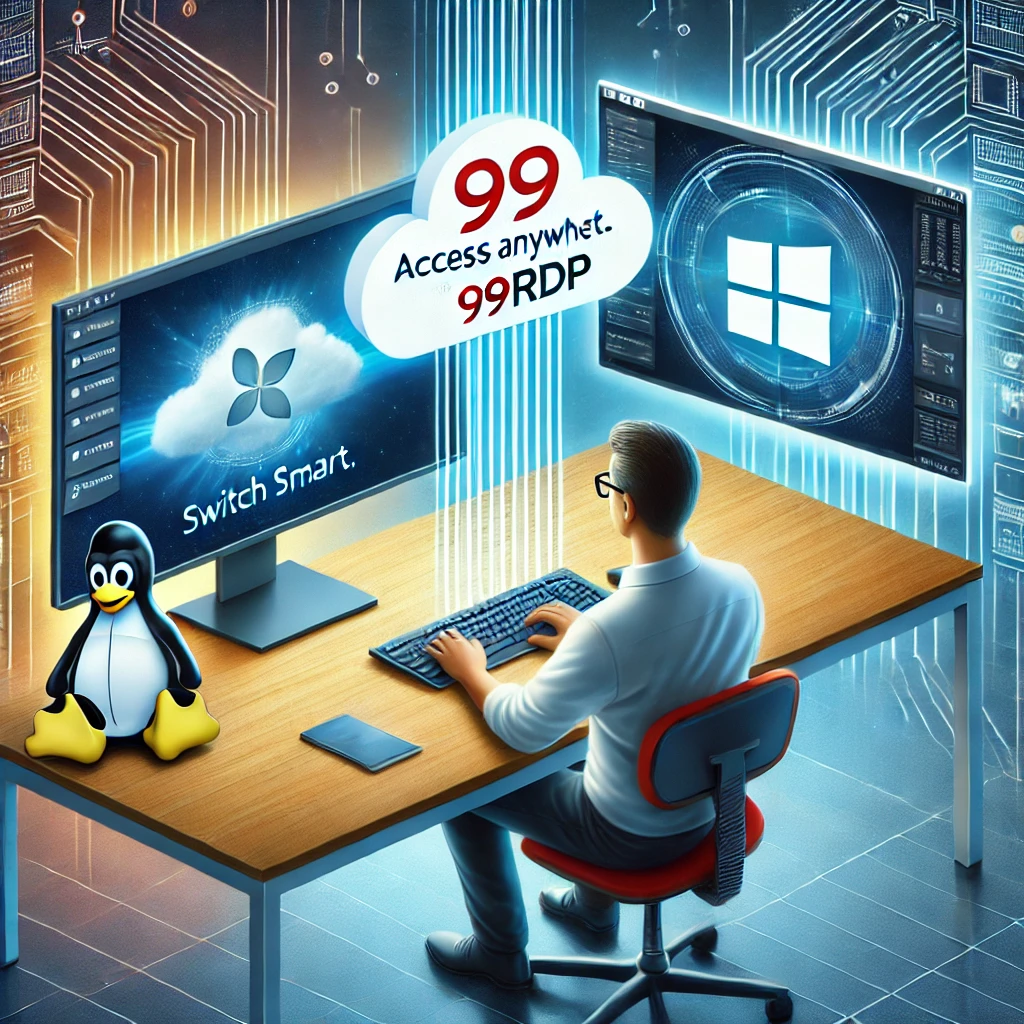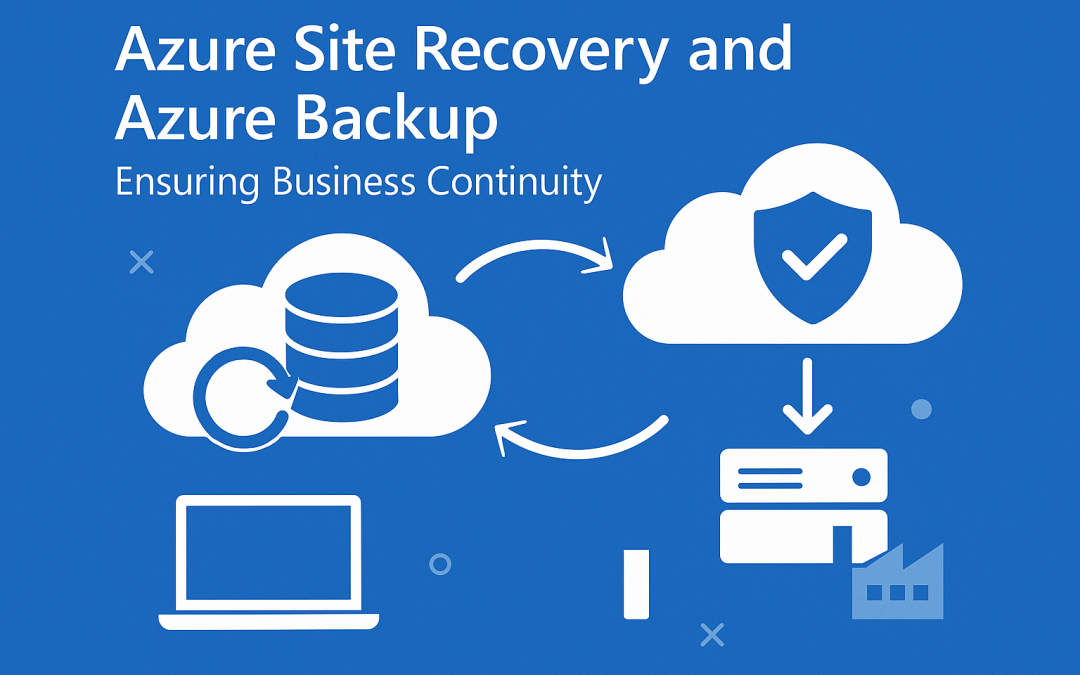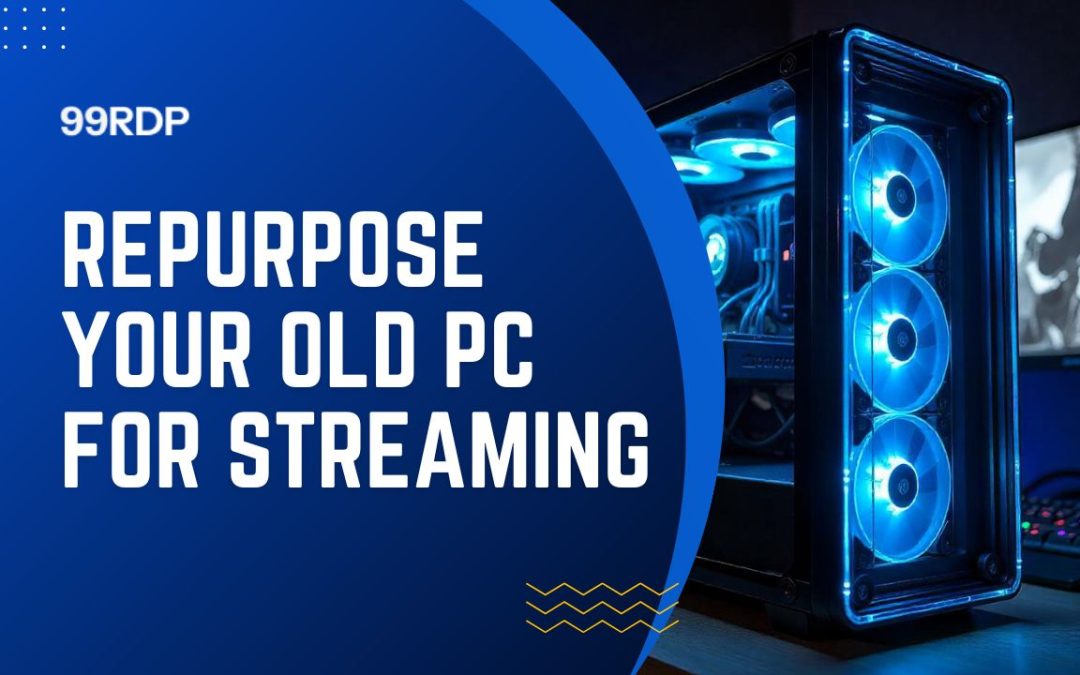Dual Booting Windows and Linux

Are you thinking about dual booting Linux and Windows? It seems like the best of both worlds—access to Linux’s flexibility and Windows’ compatibility. But before you take the plunge, here are a few things you should know:
- It’s not as easy as it looks – While setting up a dual-boot system isn’t overly complex, small mistakes can lead to boot issues, data loss, or even a broken system.
- Experience matters – I’ve spent a decade breaking and fixing my multi-boot setups. Through trial and error, I’ve learned what works and what doesn’t—so you don’t have to.
- Hidden challenges exist – Many users assume dual booting is seamless, but unexpected problems can arise, from bootloader conflicts to driver issues.
- Knowledge is power – Understanding how Linux and Windows interact can save you from future headaches. A little preparation goes a long way in preventing system failures.
- You can avoid pitfalls – With the right approach, you can enjoy a smooth dual-boot experience without constantly troubleshooting issues.
In this guide, I’ll share seven crucial truths about dual booting that most people don’t talk about. If you want to play it safe and set up your system the right way, keep reading.
Why You Should Always Install Windows First and Linux Second
The order of installation matters when setting up a dual-boot system. Installing Windows first and Linux second prevents boot issues and saves you from unnecessary troubleshooting. Here’s why:
- Windows Overwrites Boot Managers – Windows assumes it’s the only OS on your computer. If you install it after Linux, it will overwrite GRUB (Linux’s boot manager), leaving your system booting straight into Windows with no way to access Linux.
- Linux Plays Well with Others – Unlike Windows, Linux installers detect existing operating systems. When you install Linux second, it recognizes Windows and configures GRUB automatically to include both OS options in the boot menu.
- Avoid Manual GRUB Repair – If you install Windows second, you’ll need to manually reinstall and reconfigure GRUB. While possible, this process can be technically challenging, especially for beginners.
- Seamless Dual Boot Experience – Installing Windows first ensures that Linux sets up a proper boot manager, allowing you to switch between both operating systems effortlessly.
- Saves Time and Effort – By following this installation order, you prevent boot issues before they happen, eliminating the need for complicated troubleshooting later.
If you’ve already installed Linux first and need to add Windows, don’t worry—it’s fixable. However, be prepared to go through the extra steps of restoring GRUB manually.
Why Windows Sometimes Blocks Access to Linux (And How to Fix It)
Even if you’ve correctly installed GRUB and set it as your primary bootloader, Windows can still interfere with your ability to boot into Linux. Here’s why this happens and how you can prevent it:
- Windows Bootloader Ignores Linux – By default, the Windows bootloader doesn’t recognize or list Linux. So, even if Linux is installed, Windows won’t give you the option to boot into it.
- Fast Startup Skips GRUB and BIOS – With Fast Startup enabled, Windows doesn’t fully shut down. Instead, it enters a hybrid hibernation mode, storing system files in memory to boot faster next time. This shortcut can cause your system to bypass both the BIOS boot menu and GRUB, booting directly into Windows.
- Restarting Windows Temporarily Fixes It – Choosing “Restart” instead of “Shut Down” forces a full shutdown cycle. This gives you access to GRUB and the BIOS again—but it’s only a temporary fix.
- Disabling Fast Startup Solves the Problem – The most reliable solution is to disable Fast Startup from Windows settings. This ensures a proper shutdown every time, allowing you to access GRUB consistently.
- The Speed Trade-off Is Minimal – Disabling Fast Startup might add a few seconds to your Windows boot time, but if you’re using an SSD, the difference is hardly noticeable.
Taking this simple step ensures that your dual-boot setup functions smoothly without Windows hijacking your boot process.
Why You Should Install Linux and Windows on Separate Physical Drives
While it’s possible to install both Linux and Windows on the same physical drive by partitioning it, doing so comes with hidden risks. Installing each operating system on its own drive is a much safer and more stable approach. Here’s why:
- Avoid Boot Sector Conflicts – Windows updates can sometimes overwrite the boot sector, making your Linux partition unbootable. Keeping the OSes on separate drives prevents this kind of interference.
- Bypass BitLocker Compatibility Issues – BitLocker encryption on a shared drive has been known to cause dual-boot issues. Separate drives eliminate these conflicts completely.
- Reduce the Risk of Partition Errors – Managing multiple partitions on a single disk increases the chance of accidental corruption or deletion. With dedicated drives, each OS operates in its own safe space.
- Simplify Troubleshooting – When problems arise, diagnosing and fixing them is easier when each system is isolated. Issues on one drive won’t spill over and affect the other.
- Maintain a Clean Separation – Installing Linux and Windows on different drives keeps both environments organized, secure, and independent. Each system can manage its own updates, bootloader, and settings without interfering with the other.
- Improve Performance and Flexibility – Separate drives allow each OS to use storage resources more efficiently and make it easier to upgrade, replace, or format one system without touching the other.
Why Linux Can Access Windows Files—But Not the Other Way Around
When dual booting Linux and Windows, file access between the two systems isn’t entirely equal. Here’s what you need to know to manage your files effectively:
- Linux Can Read and Write to Windows Drives – Linux has built-in support for NTFS, the default file system used by Windows. You can open, edit, and transfer files from your Windows partitions directly through the Linux file manager—no extra setup needed.
- Windows Can’t Read Linux File Systems by Default – Windows doesn’t support common Linux file systems like Ext4, XFS, or Btrfs. So if you try to access your Linux files from Windows, they’ll simply be invisible—unless you install third-party software.
- Your Workflow Might Be Affected – If you rely on accessing Linux-stored files while using Windows, this limitation can slow you down or require additional tools.
- Use a Shared Data Partition (Smart Fix) – The easiest workaround is to create a separate shared partition and format it as NTFS or exFAT. Both operating systems can read and write to these formats without issue.
- Keep Shared Files in One Place – I personally use this shared partition to store files I want to access from both OSes. It keeps things organized and ensures compatibility no matter which system I boot into.
By planning your storage setup wisely, you can avoid access issues and create a smooth file-sharing experience between Linux and Windows.
Why Your System Clock Might Be Wrong When Dual Booting (And How to Fix It)
If your system clock jumps by several hours every time you switch between Linux and Windows, you’re not alone. This is a common issue in dual boot setups, and here’s why it happens—and how to fix it:
- Linux Uses UTC by Default – Most Linux distributions treat your system’s hardware clock as UTC (Coordinated Universal Time).
- Windows Uses Local Time – In contrast, Windows assumes the hardware clock is set to your local time zone, not UTC.
- Switching OSes Creates Time Conflicts – When you switch from one OS to the other, the difference in how each handles the hardware clock causes your system time to be off—often by several hours.
- It’s More Than Just an Inconvenience – Incorrect system time can mess up file timestamps, scheduled tasks, and time-sensitive apps. If you rely on cron jobs or automation, these time mismatches can cause serious errors.
- The Fix Is Simple – You have two options:
- Set Linux to Use Local Time: Modify a config file or run a single command to tell Linux to match Windows’ behavior.
- Set Windows to Use UTC: Edit the Windows registry so that it handles time like Linux does.
- Pick One, Not Both – Don’t try to change time settings on both OSes without knowing the impact. Just pick the method that best fits your workflow and stick with it.
Once you align both systems to handle time the same way, your clock will stay accurate—no matter which OS you boot into.
Why Dual Booting Can Make Your Windows Installation Less Secure
When setting up Linux alongside Windows, you may run into a roadblock with Secure Boot. Disabling it might seem like a minor step to get Linux running—but it can have real security implications for your Windows system. Here’s what you need to know:
- Some Linux Distros Won’t Boot with Secure Boot Enabled – Many community-driven Linux distributions don’t include a signed bootloader. As a result, Secure Boot blocks them from starting, and you’re forced to disable the feature to proceed with installation.
- Disabling Secure Boot Weakens Windows’ Defenses – Secure Boot is designed to prevent unauthorized or malicious software—like rootkits—from loading during the boot process. When you disable it, you remove this protective layer from your Windows system.
- Corporate-Backed Distros Can Bypass This – Major Linux distributions like Ubuntu, Fedora, and openSUSE include signed bootloaders that work with Secure Boot enabled. If you want to keep Secure Boot on, stick with these options.
- Using Community Distros Requires a Trade-Off – If you want to explore lesser-known or lightweight Linux distros, you’ll likely need to disable Secure Boot. This opens up your system to boot-level vulnerabilities on the Windows side.
- Protect Sensitive Data Strategically – If you choose to disable Secure Boot, keep your important or sensitive files on the Linux partition. Since Linux is less targeted by malware, your data remains relatively safer—even without Secure Boot.
- The Choice Is Yours – You must weigh flexibility against security. Keeping Secure Boot enabled limits your distro choices but protects Windows. Disabling it grants freedom but at the cost of reduced security for your Windows environment.
Why You’ll Eventually Gravitate Toward One OS in a Dual Boot Setup
Dual booting sounds like the perfect way to get the best of both worlds—Windows and Linux at your fingertips. But in reality, most users (myself included) end up favoring one OS and barely touching the other. Here’s why that happens, and how you can make the setup work smarter:
- Rebooting Breaks Workflow
Switching between operating systems requires a full system restart. This interruption disrupts your momentum, especially when you’re deep into work or creativity. Most people avoid the hassle unless absolutely necessary. - Settings and Files Are Fragmented
Each OS has its own set of applications, configurations, and files. Jumping between two separate environments creates friction in your workflow, especially if you’re used to seamless access and syncing. - One OS Becomes Your Default
Over time, you’ll naturally start using one OS more—whether it’s for convenience, app availability, or familiarity. That OS becomes your daily driver, while the other sits idle, taking up disk space. - Most Users Fall into This Pattern
I’ve set up dual-boot systems for many friends, and almost all of them ended up using one OS about 90% of the time. Dual booting sounds great in theory, but in practice, it’s often underutilized. - Task-Based OS Allocation Helps
A better approach is to assign specific roles to each OS. I use Linux for personal use—banking, social media, personal projects—and Windows for work—office tools, video calls, and collaboration. This way, each OS serves a clear purpose. - Virtualization Might Be a Better Fit
If you constantly need tools from both OSes, consider running one inside a virtual machine. It removes the need to reboot and lets you work fluidly across environments.

Final Thoughts: Dual Booting Smartly with Help from 99RDP
Dual booting Linux and Windows can be a powerful setup—if you go in prepared. From installation order to bootloader quirks, file system incompatibilities, and time sync issues, there’s a lot nobody tells you upfront. But now, you’re equipped with the knowledge to make smarter choices, avoid common pitfalls, and tailor your setup to your workflow.
That said, dual booting isn’t always the best solution for everyone. If you find yourself needing seamless access to both environments, constant switching, or high availability, virtualization or remote access might be a smarter alternative.
This is where 99RDP steps in.
99RDP offers powerful and affordable Windows and Linux RDP services, letting you access either operating system remotely without the hassle of rebooting, partitioning drives, or dealing with bootloader conflicts. You can spin up a dedicated Linux or Windows system in the cloud and access it from anywhere—perfect for development, remote work, testing, or when you just want to keep your personal and professional environments separate.
So, whether you decide to go with dual booting or explore smarter remote solutions, make sure your setup works for you—not against you. And when you need speed, flexibility, and control, 99RDP is just a click away.
EXPLORE MORE ; Mastering Storage in Windows Server: Disks, Volumes, and RAID Explained
READ OUR BLOGS



